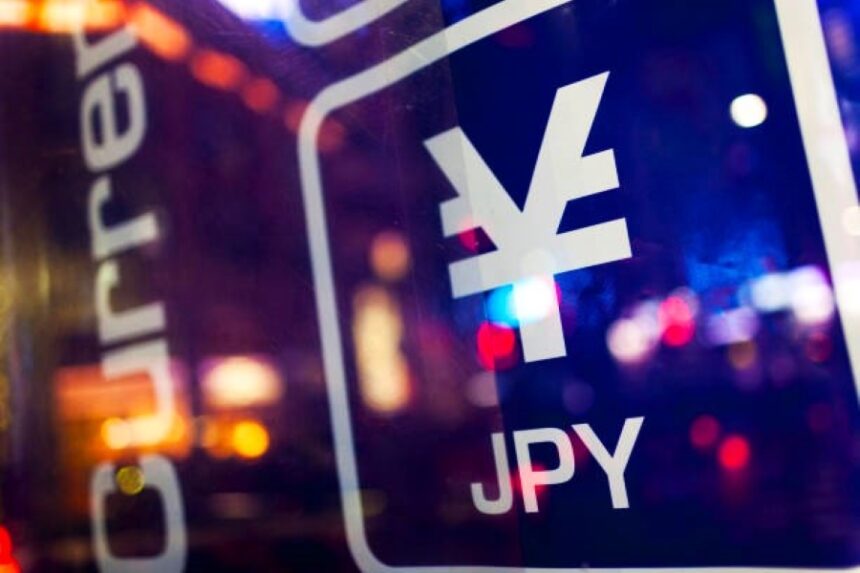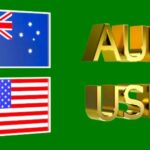Japanese yen strengthened as labor cash earnings increased by 3.6% year on year in July.
The Japanese yen (JPY) remains strong versus the US dollar (USD), boosted by a second consecutive month of rising real wages in Japan. In July, Japan’s Labor Cash Earnings increased by 3.6% year on year, a slowdown from June’s 4.5% gain but the largest since January 1997, exceeding market estimates of 3.1%. This good result feeds conjecture that the Bank of Japan (BoJ) may undertake an additional interest rate hike before The end of 2024.
Hajime Takata, a BoJ Board Member, remarked that the domestic economy is rebounding moderately, albeit some weak indicators have been observed.
In his speech on Thursday, Bank of Japan (BoJ) Board Member Hajime Takata discussed the bank’s policy outlook and economic forecasts. The Japanese economy is rebounding moderately, yet some hints of weakness have emerged. Although the stock and foreign exchange markets experienced significant volatility. we believe that our inflation objective may still be met.
The rise in US Treasury yields lends support to the US dollar.
The US dollar recovers its recent losses, aided by higher US Treasury yields. However, the Greenback encountered hurdles as July’s US JOLTS Job Openings fell short of estimates, indicating a further downturn in the labor sector. Traders are currently awaiting US ISM Services PMI and initial jobless claims. Claims are due to be release on Thursday.
Daily Market Movers: The Japanese yen stays strong as real salaries rose in July.
Mary Daly, President of the San Francisco Federal Reserve, indicated on Wednesday that “the Fed needs to cut the policy rate as inflation is declining and the economy slowing.” Regarding the extent of the expected rate drop in September, Daly stated, “We don’t know yet.” FXStreet’s FedTracker, which uses a custom AI algorithm to judge the tone of Fed officials’ statements on a dovish-to-hawkish scale of 0 to 10, gave Daly’s words a neutral rating of 3.6.
Atlanta Federal Reserve President Raphael Bostic stated that the Fed is in a fortunate position, but added that they must not maintain a restrictive policy posture. According to Reuters, it was too long. FXStreet’s FedTracker, which uses a bespoke AI algorithm to judge the tone of Fed officials’ talks on a dovish-to-hawkish scale of 0 to 10, gave Bostic’s words a neutral rating of 4.6.
Yoshimasa Hayashi, Japan’s Chief Cabinet Secretary, said on Wednesday that he is “closely monitoring domestic and international market developments with a sense of urgency.” Hayashi underlined the need of managing fiscal and economic policies in close collaboration with the Bank of Japan (BoJ).
US JOLTS Job Openings fell to 7.673 million in July, down from 7.910 million in June, the lowest level since January 2021 and below market forecasts of 8.10 million.
Jibun Bank Services reported PMI data on Wednesday. The index has been updated In August, the number rose to 53.7 from 54.0 in the initial estimate. Although the service sector has expanded for the seventh consecutive month, the current result unchanged from July.
US ISM Manufacturing PMI increased to 47.2 in August from 46.8 in July.
The US ISM Manufacturing PMI increased to 47.2 in August from 46.8 in July, but fell short of market forecasts of 47.5. This is the 21st drop in US factory activity in the last 22 months.
Japan proposes to provide ¥989 billion for energy subsidies in response to growing energy costs and cost-of-living concerns.
On Friday, the US Bureau of Economic Analysis reported that the headline Personal Consumption Expenditures (PCE) Price Index climbed by 2.5% year on year in July, matching the prior estimate of 2.5% but falling short of Estimated 2.6%. Meanwhile, the core PCE, which includes volatile food and energy costs, increased by 2.6% year on year in July, in line with the previous result but somewhat lower than the consensus projection of 2.7%.









